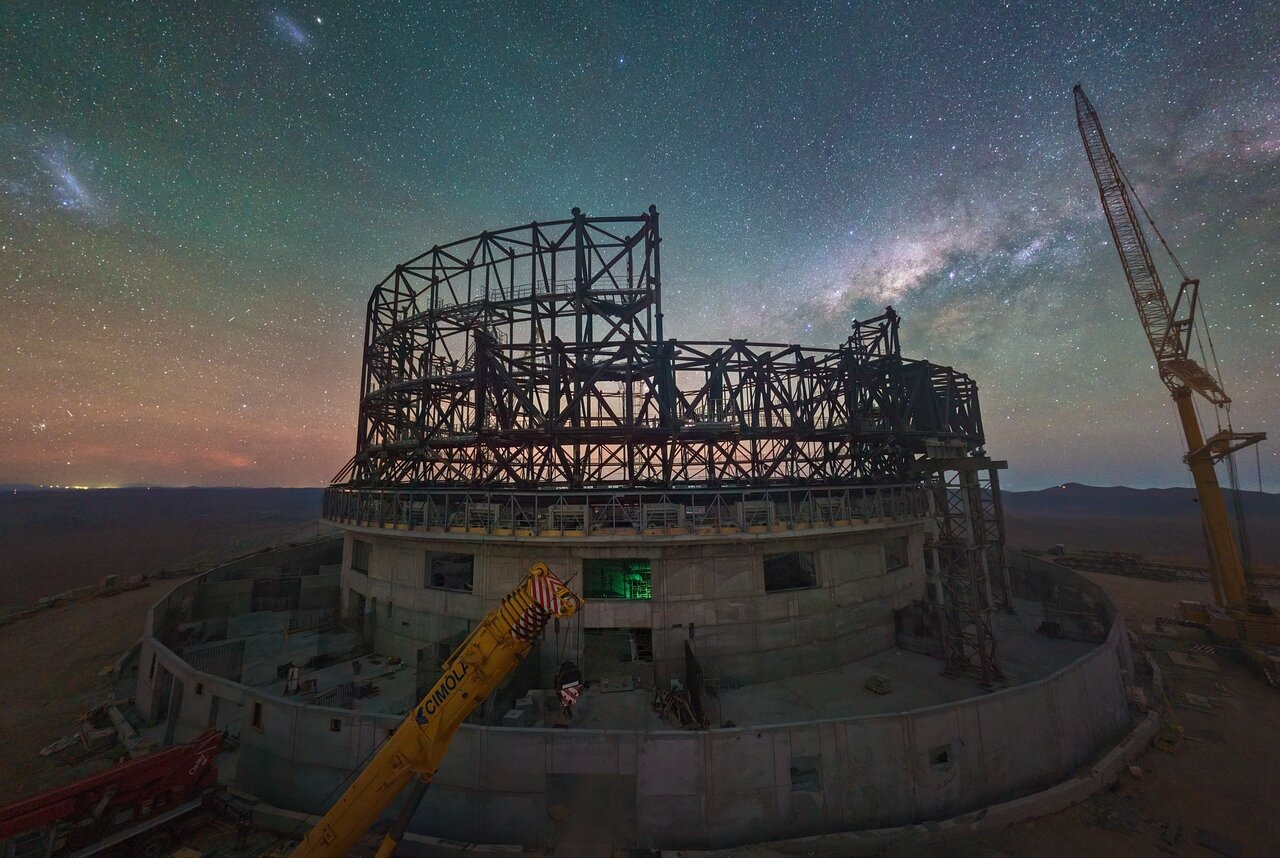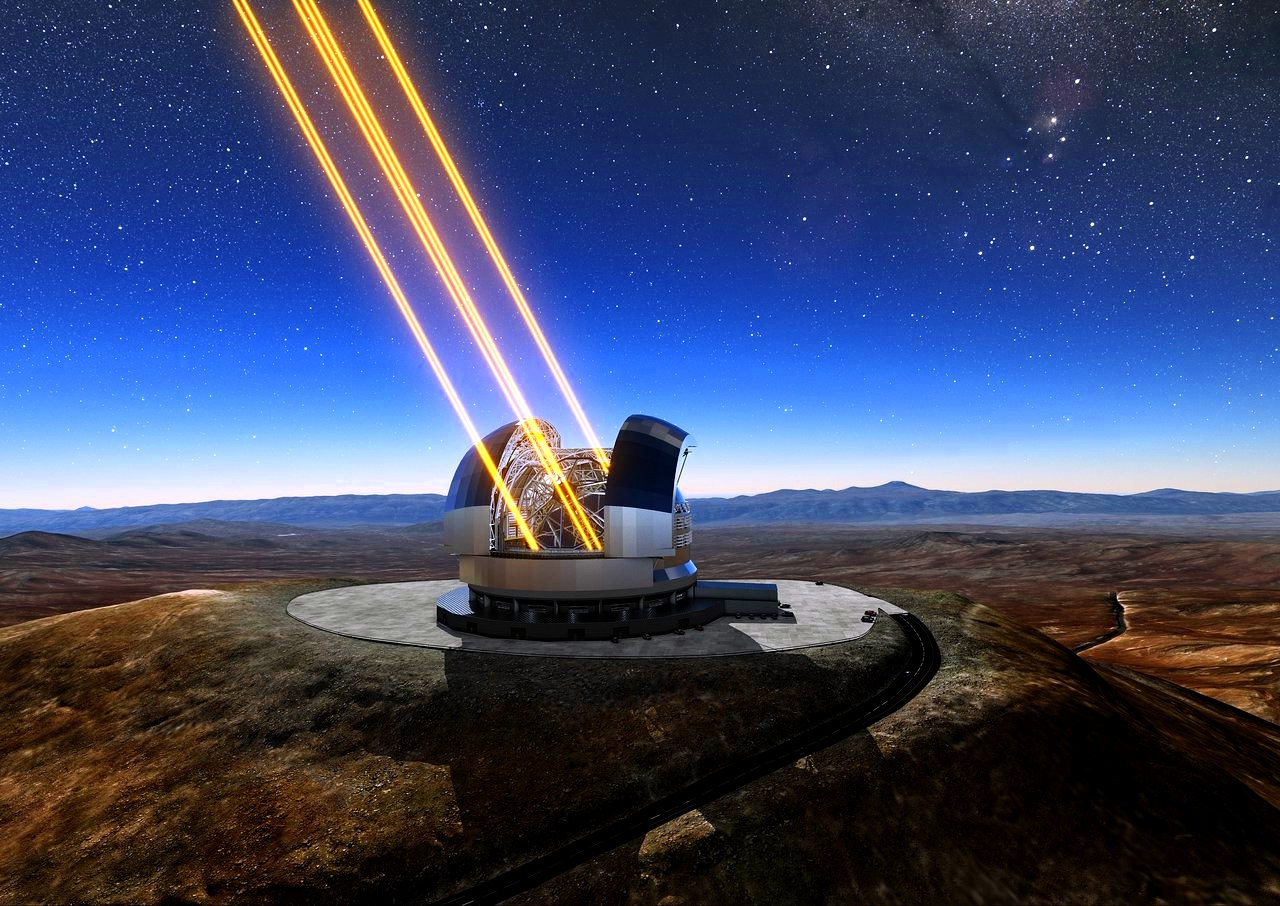The European Southern Observatory continues to build the largest telescope in the world – the Extremely Large Telescope (ELT). Construction of the telescope began in 2014 at the top of Cerro Armazones Mountain in the Chilean Atacama Desert.

ESO has just announced that construction progress has crossed the 50% mark. The rest of the work will take another five years. When the telescope is finally put into operation in 2028, its main 39-meter mirror will consist of 798 hexagonal segments, which will make it the largest telescope in the world for observation in the visible and infrared ranges. The new telescope should help answer some of the unresolved questions about our Universe, such as how the first stars and galaxies formed, and may even be able to take direct pictures of extrasolar planets.
“Reaching 50% completion is no small feat, given the challenges inherent to large, complex projects. I am extremely proud that the ELT has reached this milestone,” ESO CEO Xavier Barcons said in an ESO press release.
The ELT will collect 100 million times more light than the human eye and 13 times more light than the largest optical telescopes. It will be able to correct atmospheric distortions using adaptive optics and, most importantly, an adaptive flexible mirror that will change its shape a thousand times per second to correct distortions caused by air turbulence. The telescope will also have a secondary mirror with a diameter of 4.2 m and four scientific instruments.
Mirrors and other telescope components are manufactured by European companies. ESO reported that all other systems needed to complete the ELT, including the control system and equipment required to assemble and commission the telescope, were also well advanced in development or production.
In addition, all four of the first scientific instruments are in the final design stage, some of them are about to be manufactured, and most of the auxiliary infrastructure for ELT has already been created in or near Cerro Armazones.

ESO expects that the completion of the remaining 50% of the project will take much less time than the construction of the first half of the ELT. When construction began, the design was still being finalized, and other parts of the telescope had to be tested. In addition, the construction was affected by the COVID-19 pandemic, when the site was closed for several months, and the production of many components of the telescope was delayed.
Earlier we reported on how the satellite saw the construction of an Extremely Large Telescope.
According to ESO
Follow us on Twitter to get the most interesting space news in time
https://twitter.com/ust_magazine

